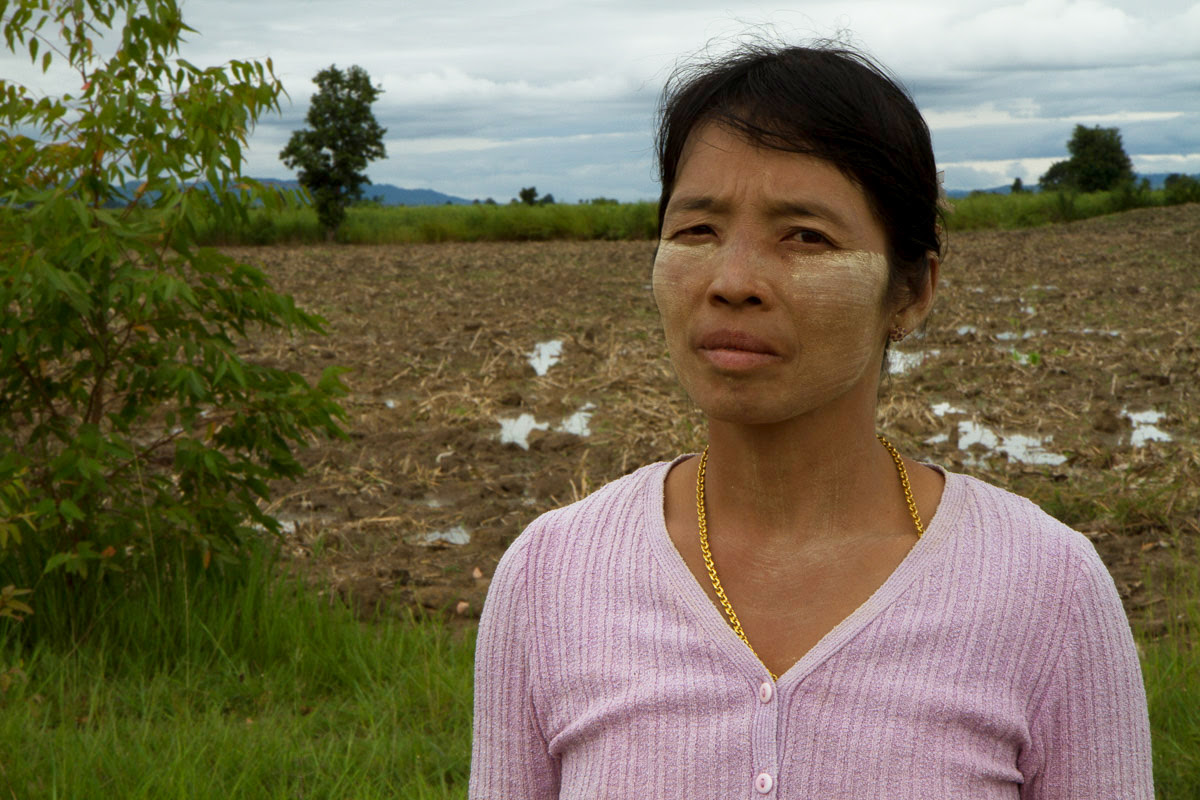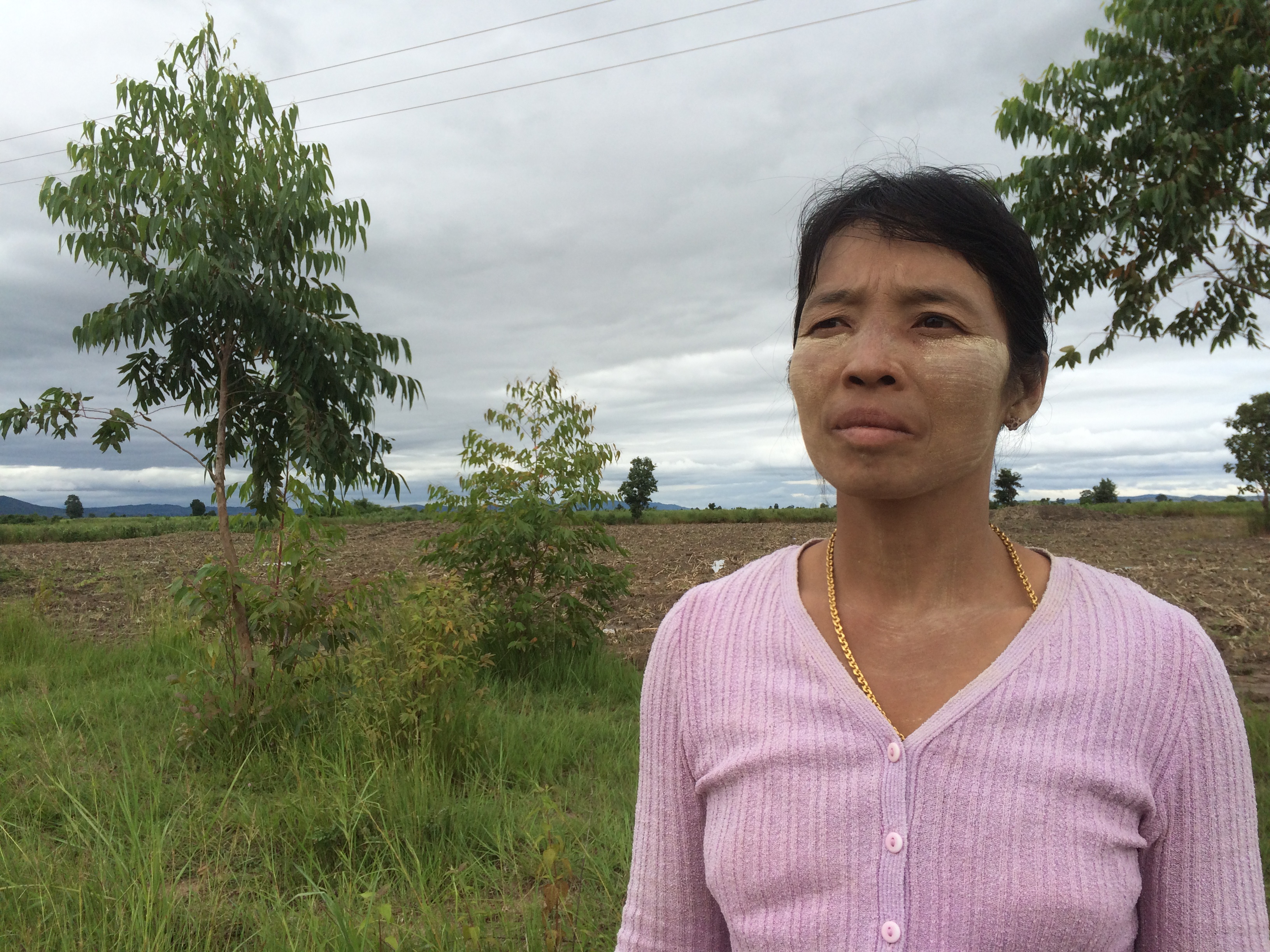
A GLOBAL LAND GRAB
In little more than half a century, the world's population has increased from 2 billion to more than 7 billion. Unfortunately, the size of the planet has not grown at all. This means that land—land on which to live, land on which to plant crops and graze animals—has become an increasingly scarce and coveted commodity.
A wide-ranging, multimedia series by the Financial Times examines how global land grabs can upend livelihoods—and spark life-and-death struggles.
Pulitzer Center grantee Tom Burgis reports from Ethiopia where billionaire Mohammed al-Amoudi has spent $200 million planting a rice farm the size of 20,000 football fields, while grantee Michael Peel travels to Myanmar to tell the story of two pipelines that have displaced small farmers from the Bay of Bengal to China. And finally, in a cover story for the FT's weekend magazine, grantee Pilita Clark reports on how Norway's government has offered Indonesia a billion dollars to save its rainforests.
If you are a teacher, and you would like to use the FT's reporting in your classroom, click here for a lesson designed by our education team. Or you can use the Lesson Builder to design your own, drawing from our growing archive of reporting on land rights. It's easy to use—and it's free.
THE GHOST OF EBOLA
As a result of the heroic efforts by medical teams on the ground in Liberia, more than 1,500 patients infected by the Ebola virus lived to tell about it. But their troubles are far from over. More than half of the Ebola survivors now report muscle and joint problems; two thirds have had neurological difficulties and 60 percent experienced eye problems.
As grantee Seema Yasmin reports in Scientific American, the eye disease could be a result of the immune response to Ebola. "Or, more ominously, the virus could be replicating in the eye long after it has been cleared from the blood. The eyeball offers a safe place for the virus to hide out, away from detection and interference by the immune system."
The eyeball is not the only place where the deadly virus plays hide-and-seek. "The testes, central nervous system and joint cartilage can act as sanctuary sites for a number of pathogens," writes Seema. "These vital structures are at risk of collateral damage when the immune system wages war on foreign invaders. So to protect themselves from the inflammatory response, they have adapted clever mechanisms including immune-suppressing molecules and physical barriers."
THE STIGMA OF LEPROSY
Leprosy has very nearly been eradicated. There are about 200,000 new cases each year, but if caught early enough, they are easily treated. Still, the age-old stigma attached to the disease lingers.
Pulitzer Center grantee Ross Velton, in this dispatch for USA Today, reports from the Hendala Leprosy Hospital, one of Sri Lanka's two remaining leper colonies, or leprosariums. No new patients will be admitted to Hendala, and when the last of the 40 remaining patients dies, it will be closed.
Hendala was established as a leper colony in 1708, and until recently it was more of a prison than a sanctuary. "If we ran away, the police would catch us and bring us back," Edward Alwis, the facility's oldest patient at 87, tells Ross. Alwis remembers being locked onto an ox cart and packed off to the facility in 1943, at age 14.
FROM UGANDA TO RUSSIA: BEING LGBT
Photojournalists and Pulitzer Center grantees Misha Friedman and Daniella Zalcman were panelists at the third annual LGBTQ Conference at Harvard University last week. Misha spoke about his work in Russia while Daniella discussed her project in Uganda.
Their photographs, along with those of grantee Sami Siva, are on exhibit in "God, Government, and LGBT Rights in India, Uganda and Russia" at Harvard's Monroe C. Gutman library. The exhibit runs throughout the month of March.
Until next week,
Tom Hundley
Senior Editor






